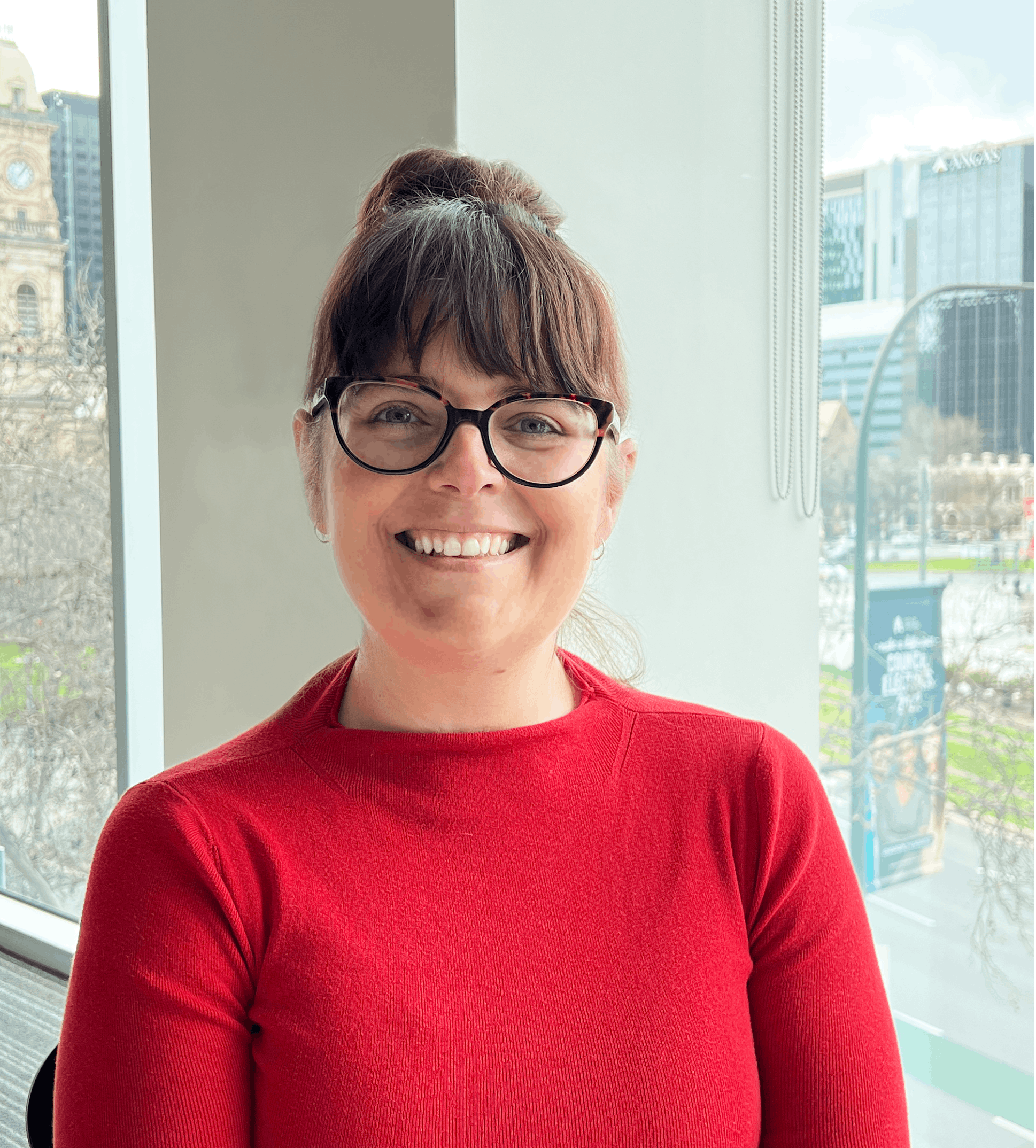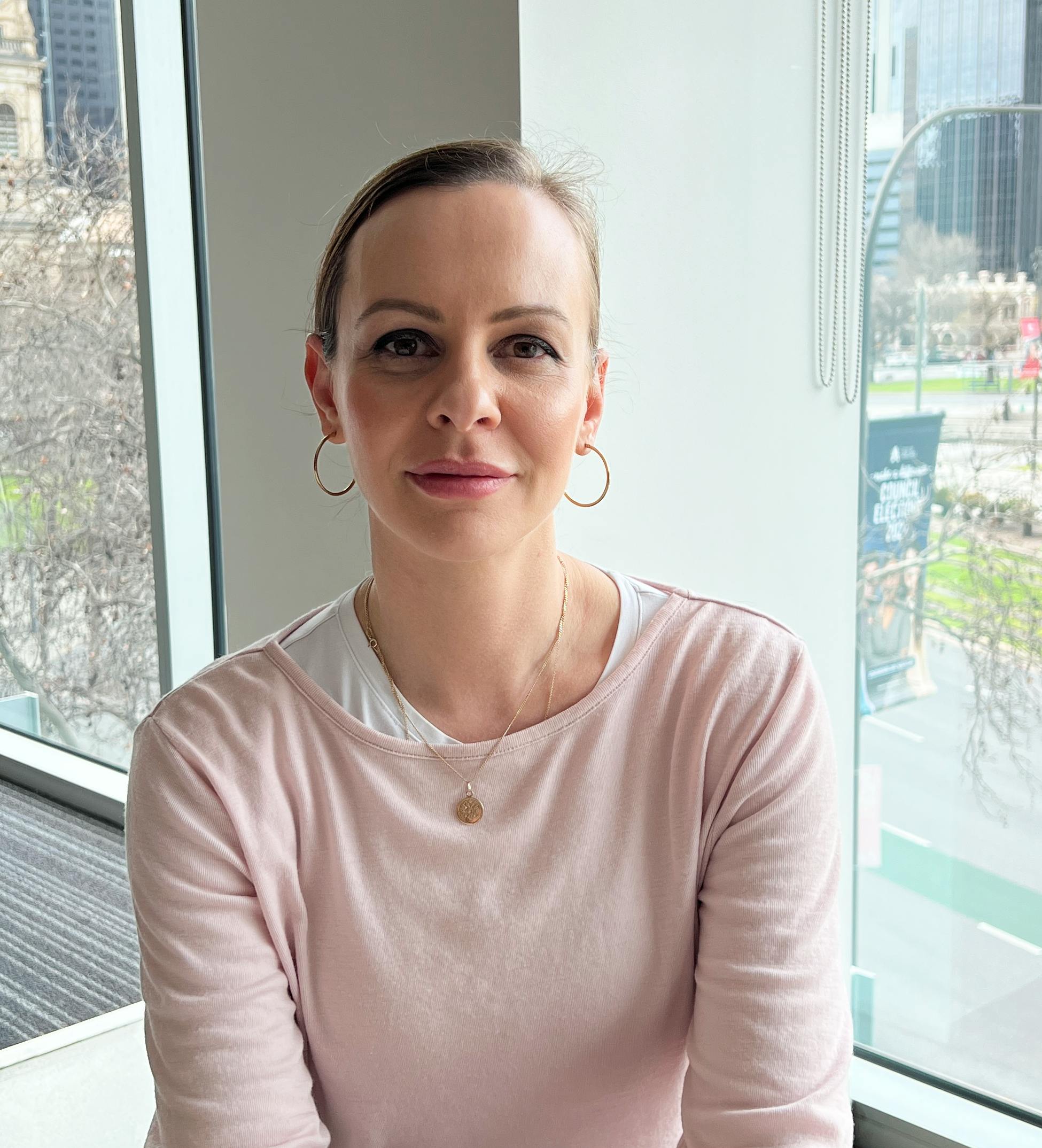State of the Environment Report 2023
Consultation has concluded. Thanks for your contributions.
Have your say in informing our State of the Environment Report for 2023 (SOER 2023)
What is being decided?
The Environment Protection Authority (EPA), as South Australia's independent environmental regulator, will be developing the SOER 2023 and we are seeking your input to help shape its content.
This report collates information from multiple sources to assess and report on the condition of our environment in South Australia. We need to understand the pressures that are placed on our environment, what impacts these may be having on our land, sea, air and inland waters, and what is being done to help protect, restore and enhance our environment for current and future generations.
Protecting the environment is a shared responsibility and we recognise that South Australians take pride in their environment and are actively involved in its protection and enhancement. We encourage you to become involved in the development of this important report.
The SOER is produced every five years under the Environment Protection Act 1993.
Background
The SOER provides important information on the health of our environment in South Australia. It does this by:
- Providing information on the current state of the South Australian environment;
- Incorporating Aboriginal perspectives on caring for Country and Sea Country;
- Identifying significant trends and condition of environmental assets;
- Describing the key pressures that may cause environmental change;
- Including perspectives on the most important environmental risks facing South Australia;
- Summarising policies and programs to protect and improve the environment;
- Presenting opportunities to facilitate environmental improvement.
The EPA undertook an independent review of the SOER after its completion in 2018. This review recommended that we enhance stakeholder engagement and improve its capacity to inform stakeholders on the state of the environment to drive change.
The EPA website provides information on our past State of Environment reports.
Get involved
We will be requesting input at various stages throughout the project to inform the SOER for South Australia. During our first stage, you can get involved in the following ways:
- Providing photos and sharing stories that can be used in the SOER website and report;
- Telling us what about the environment is important to you - what do you value most and what needs protecting;
- Informing us of any projects/programs that are being undertaken that contribute to improving the health of the environment;
- Telling us what you think the SOER should deliver.
What are the next steps?
The SOER will be published in December 2023. Until then, we will be engaging with our stakeholders, collating information and writing the report.
Updates on the report’s progress will be provided on this site and via our Twitter and LinkedIn page.
We need photos for our SOER web content

We want to capture the vision and values of South Australians in our State of Environment Report and pictures are worth a thousand words.
- Upload a photo which reflects our environment in South Australia. For example:
- a camping trip,
- a beautiful scene,
- food growing regions
- activities you enjoy doing in our environment,
- an opportunity for improvement, an environmental problem or an action that benefits the environment – anything!
- Tell us what the photo reflects and where it was taken.
- Inform us what this photo means to you from an environmental perspective.
By providing this information, you are agreeing for your photo to be potentially used in our report and on our website. Photos will only be used if they are of suitable quality, represents the environment, and provides the information requested above.














